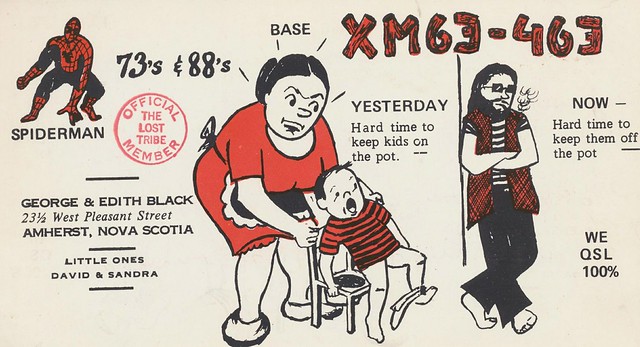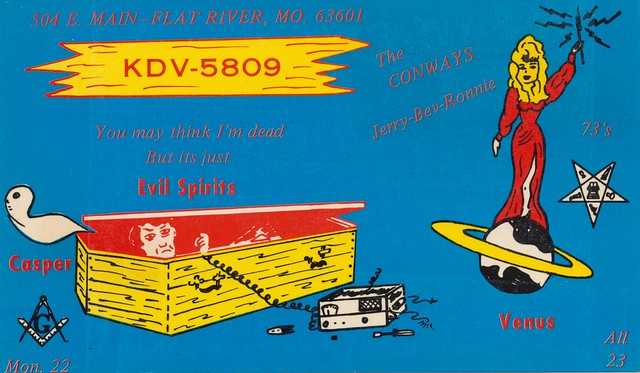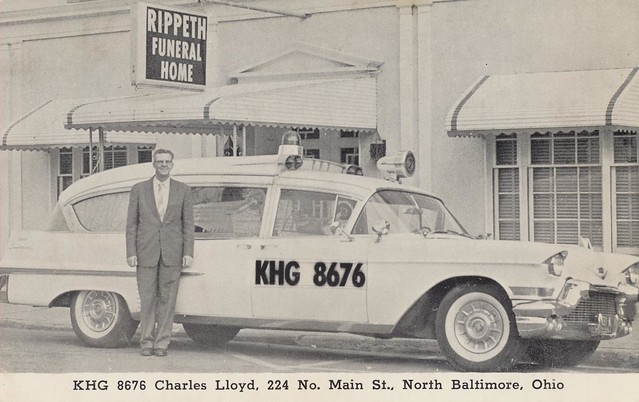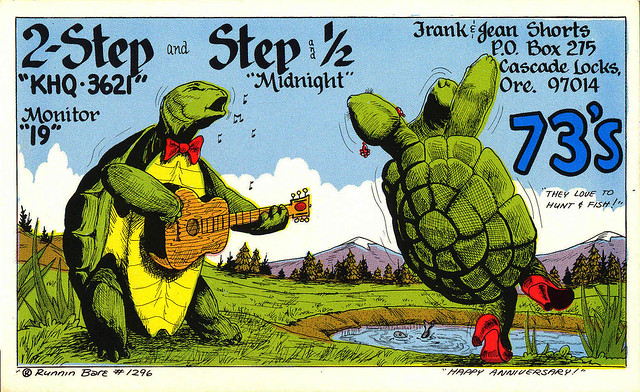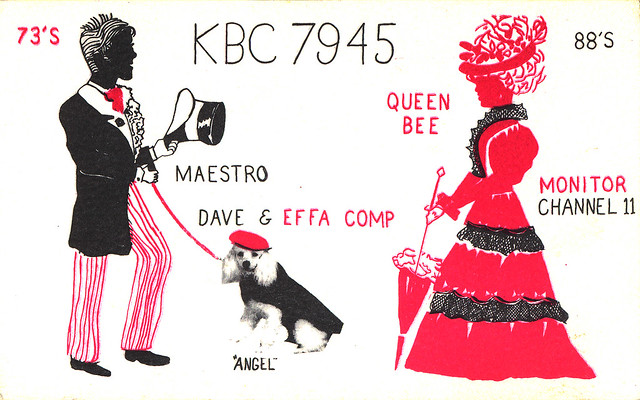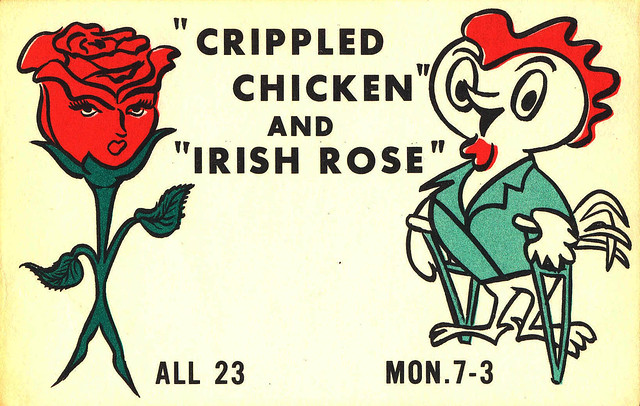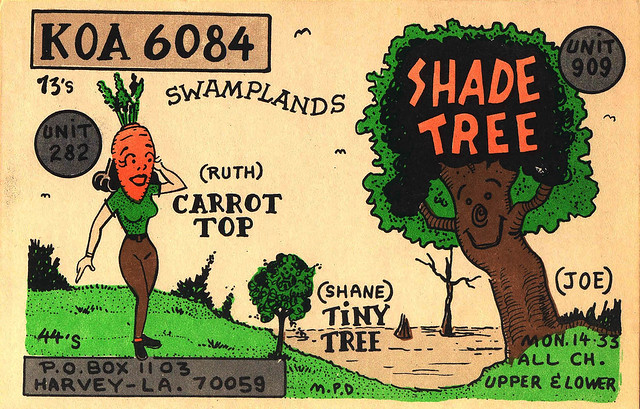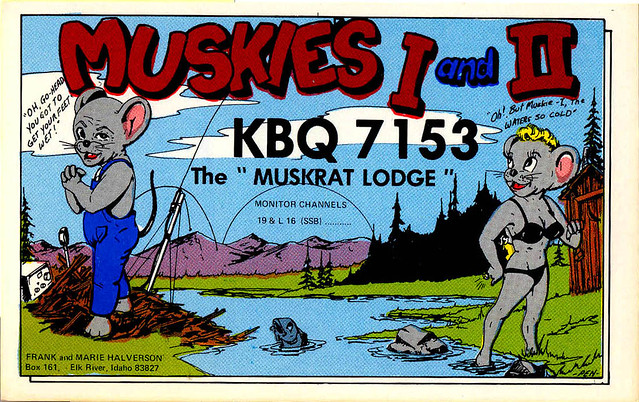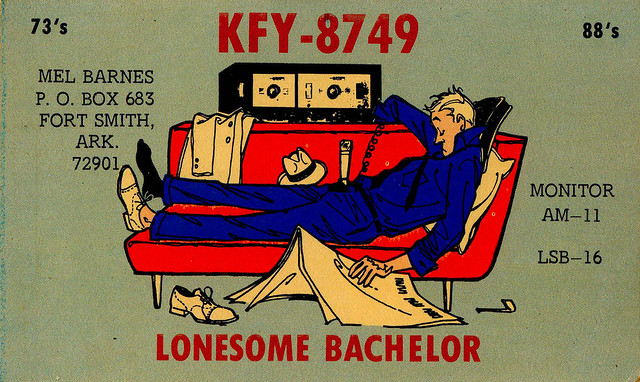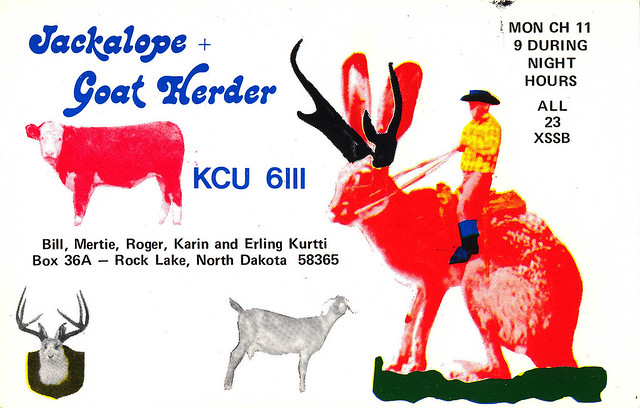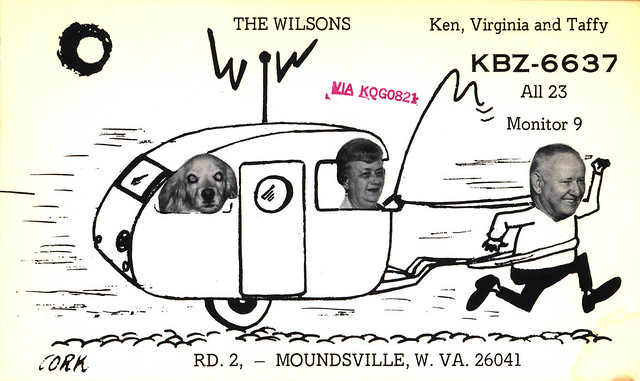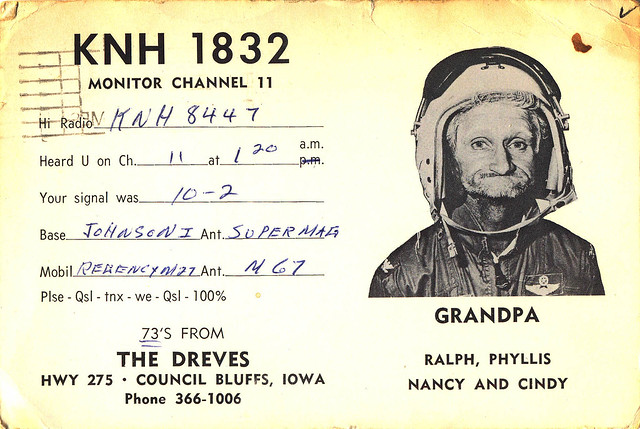The citizens band radio service originated in the United States as one of several personal radio services regulated by the Federal Communications Commission (FCC). These services began in 1945 to permit citizens a radio band for personal communication (e.g., radio-controlled model airplanes and family and business communications). There were two classes of CB radio: A and B. Class B radios had simpler technical requirements, and were limited to a smaller frequency range. Al Gross established the Citizens Radio Corporation during the late 1940s to manufacture Class B handhelds for the general public. (The) Ultra-high frequency (UHF) radios, at the time, were neither practical nor affordable for the average consumer. On September 11, 1958 the Class D CB service was created on 27 Megacycles, and this band became what is popularly known today as CB.
During the 1960s, the service was popular among small businesses (e.g., electricians, plumbers, carpenters), truck drivers and radio hobbyists. By the late 1960s advances in solid-state electronics allowed the weight, size, and cost of the radios to fall, giving the public access to a communications medium previously only available to specialists. CB clubs were formed; a CB slang language evolved alongside 10-codes, similar to those used in emergency services. – wikipedia
These early days of CB Radio might well be referred to as the medium’s ‘Golden Age.’ There was a real fellowship shared with the participants as well as a kind of etiquette that was lost after the booming popularity that occurred in the 1970s. Until the 70s, CB users were required to purchase a license and obtain a call sign – because the bandwidth was limited, CBers would wait for an opening on a frequency to start new conversation. The Golden Age of Citizen’s Band Radio ended with a cacophony of noise created by a selfish public who cared nothing about the rules – written and/or implied – that made the medium fun and enjoyable.
Fortunately, there is one aspect of those more innocent years that remains – the CB QSL cards. QSL cards are usually postcard sized identifiers users send to others that they contact and communicate with. Not only do they give the receiver an idea of the distance of their signal for that time, they are also nice mementos that can be kept or traded as a hobby. Major broadcasters around the world, as well as amateur HAM radio operators, still send these out today. They’re usually very slick computer printed graphic designs. The mid-century CB QSL cards stand out for their creativity and the fact that they were designed by hand – each one a bit of American folk art, if you will.
Below are some examples of this curious, and endearing, part of communications history. Each one has the user’s call sign. Most of them have the location as well as their nicknames/handles. You’ll notice that couples feature big and families name mum, dad, and children – as well as pets. The ‘Philip’s Code’ numbers 73s and 88s also appear frequently – 73 is short for ‘best regards’ and 88 represents ‘love and kisses.’
Major h/ts to The Pie Shops Collection as well as myQSL.org for preserving these neat bits of Americana and presenting them for all to see. To check out more just click on their names – some of them can be considered somewhat risque so consider them NSFW. The images in this post can be considered ‘safe.’
